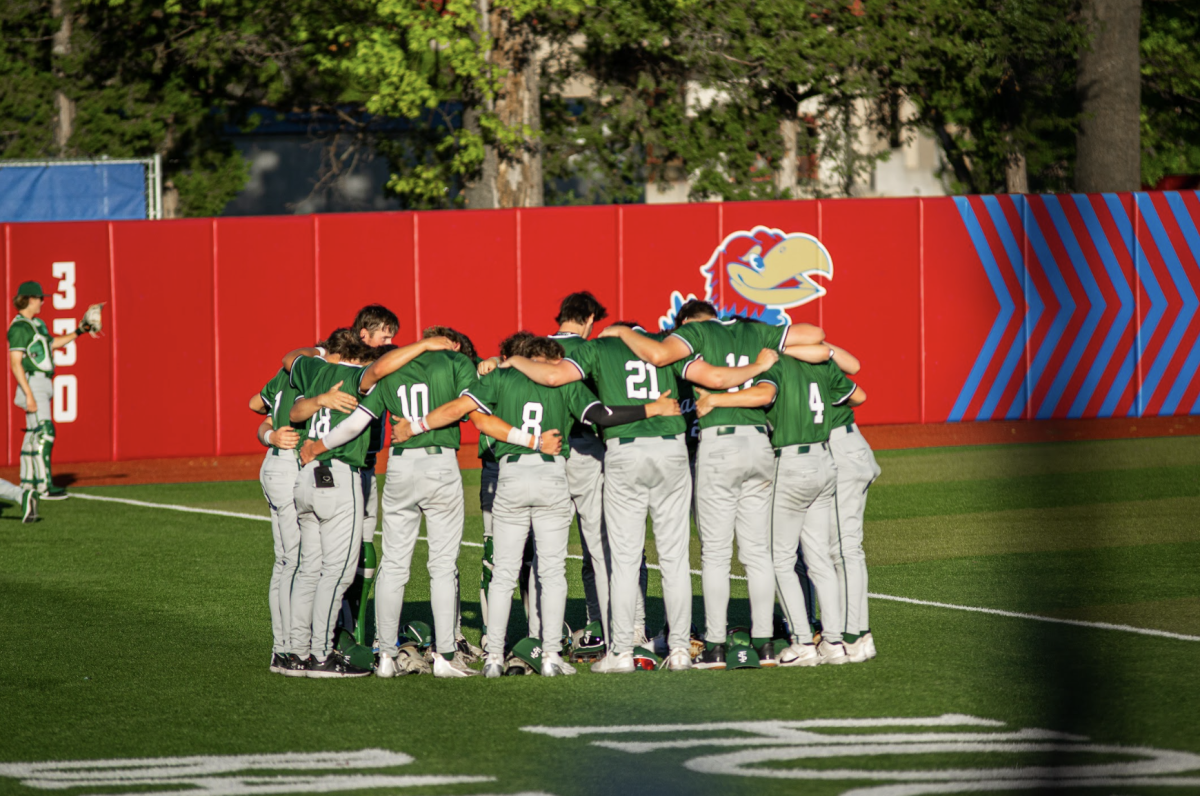Dragging through a seven-hour school day is taxing on the mind and body, students work through test taking, writing notes or participating in class discussions for hours on end. For most students, lunch is the sole time to relax in the middle of their day, to see their friends and most importantly refuel.
It has become what students look forward to, and it is often the only opportunity to find a true break within their day. Lunch should be a dependable, well-founded time, not some 20 minute oasis that students are just waiting for all day.
Before lunch, students attend four classes of concentrated learning. The equivalent of four classes in a regular day’s schedule equates to an estimated 240 minutes. Then, students get a 25-minute lunch period– one of the two only times students get throughout a seven-hour day without direct instruction.
Kids deserve to have freedom for themselves during lunch, and the numbers don’t add up.
Lunch can help reduce childhood hunger, support good nutrition and ensure that students can succeed throughout their daily tasks. It is crucial that students are provided with adequate time to eat for them to reach their full academic potential. Studies show that there is a direct correlation between a healthy diet and a student’s ability to learn and thrive.
For students who possess dietary restrictions, it allows them time to find healthy options. For low-income families, longer lunches are essential to provide a nutritious meal without time being sacrificed. A longer lunch time would largely benefit all students, even if it was just an extra five minutes.
While there is no current federal or state requirement for the amount of time allotted for lunch periods, the Center for Disease Control recommends that students have at least 20 minutes for lunch once they are seated. At Free State, students get less than their 25 minute period with all things considered.
First, students must walk from class to the cafeteria, sometimes coming from the back 500s hallway or from the weights room located in the 800s. This alone takes up time. And for the students who end up at the end of the lunch line, standing in line waiting to get through can take a toll.
Then, an estimated five minutes are spent throwing away trash and returning to class on time, adding up to only an approximate 15 minutes being present at the lunch table, eating the meal.
Students deserve more time to both interact with peers and digest their meal. For students who do not have class with friends, lunch can provide essential time to interact with peers.
While students could bring snacks everyday, many teachers maintain a no-food policy, and others may not be able to pay for an everyday snack to keep them afloat until lunch. And, many times, items students snack on do not provide adequate, long-lasting fuel for learning.
Good standing in physical, emotional and mental health is the key to student success.The disproportionate numbers could be fixed with an added five minutes, or a passing period to lunch for students to get settled so they can properly digest their food and spend time talking to peers, overall improving both physical and mental health aspects.






















